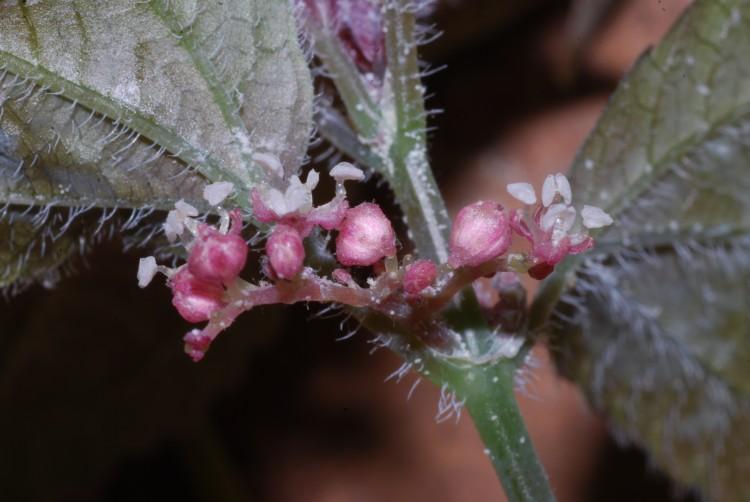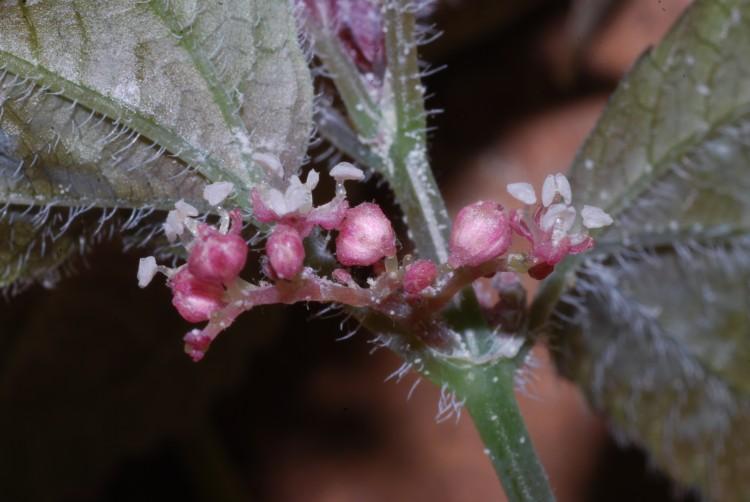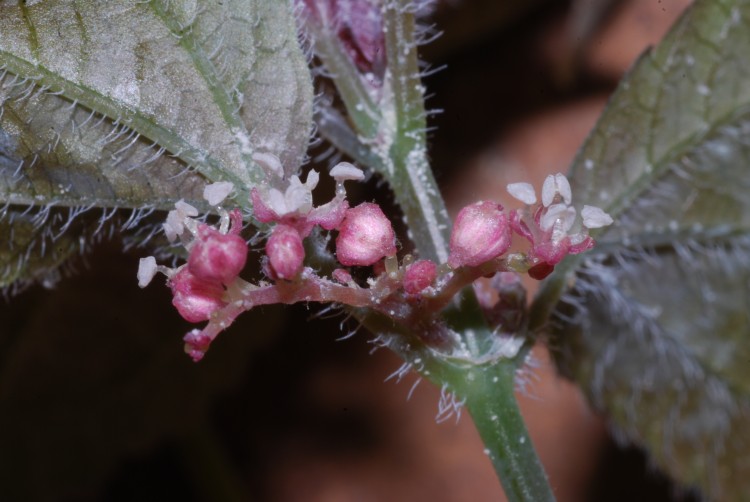In the limestone caves of China’s Guanxi Province, scientists have discovered a new type of nettle called Pilea cavernicola that grows in near darkness.
“When my Chinese colleague Wei Yi-Gang from the Guangxi Institute of Botany first mentioned cave-dwelling plants to me, I thought that he was mistranslating a Chinese word into English,” nettle expert Alex Monro at Kew Gardens, England, said in a press release.
“When we stepped into our first cave, Yangzi cave, I was spell-bound. It had an eerie moonscape look to it and all I could see were clumps of plants in the nettle family growing in very dark conditions.”
The plants are found only in the dim entrance caverns of these caves, where some of them grow in just 0.04 percent full sunlight.
In the past few years, Monro and his colleagues have been researching plants in the caves and the surrounding landscape. Besides P. cavernicola, they have discovered a few other species of cave-dwelling plants.
“Some of the species have tuberous roots that may enable them to survive dry periods, and they do have relatively thinner leaves than the non-cave dwelling species,” Monro told The Epoch Times in an email interview.
Besides that, he said, the plants don’t have any obvious differences from other nettles that allow them survive in dark conditions.
The researchers described P. cavernicola in their paper, along with two other kinds of nettles that live in gorges nearby. These nettles are all in the genus Pilea and are not to be confused with stinging nettles.
The paper was published in the open-access journal Phytokeys on Dec. 28.
The Epoch Times publishes in 35 countries and in 20 languages. Subscribe to our e-newsletter.






